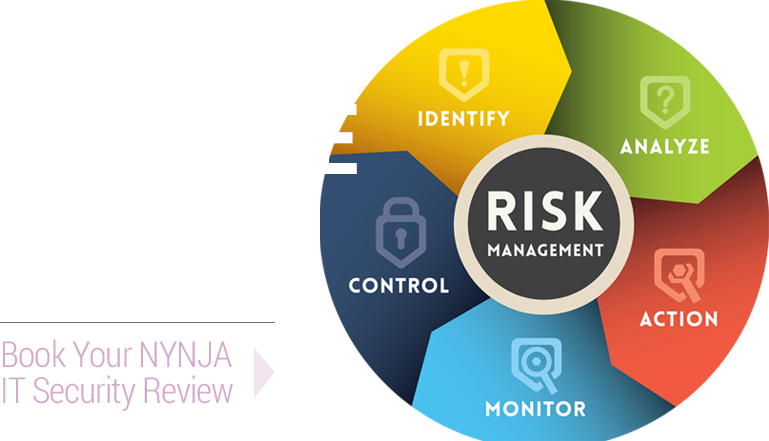Travelling to a Breakthrough With Windows Passport
In today’s world, passwords have become the primary method that most of us use to protect our personal information. The truth of the matter, however, is that passwords are extremely inconvenient and insecure.

No matter how complex a password is, it doesn’t have the capabilities to remain effective. Not only are passwords easily hackable, but most of us want something that is easy to remember – we tend to either choose a simple password or end up writing our complex one down somewhere and making it less secure. Until now.
Introducing Innovation!
Boasting facial, fingerprint, and even iris scanning and recognition technologies to authenticate you, Windows Hello is an innovative framework designed for biometric logon to Windows.
Passport is the next step. Once you’ve authenticated yourself through Windows Hello, Windows Passport will allow you to access a series of third-party websites and products – without forcing you to log in all over again.
At one point, Windows Passport was the name of your Microsoft login. This was eventually named your Windows Live account, and from here is now your Microsoft Account. It is also used in some other products like the Passport Authentication Protocol for WinHTTP.
As confusing as Passport’s name evolution has made it, the way it works is fairly straightforward. In Windows 10, Microsoft Passport replaces passwords with a strong two-factor authentication process. Passport’s process consists of an enrolled device, along with a Windows Hello biometric or PIN. This means that rather than authenticating by username and password to a service or website, Passport uses a public/private key pair.
Microsoft Passport lets users authenticate with Microsoft accounts, Active Directory accounts, Microsoft Azure Active Directory accounts, and even non-Microsoft services that support Fast ID Online authentication.
The Benefits of Using Windows Passport
- Microsoft Passport is less costly and complex than other solutions when it comes to implementing two-factor authentication across the enterprise.
- They have made the process convenient from the initial setup to the everyday use. Employees provide credentials and they are then walked through the setup of Microsoft Passport and Hello. From that point on, employees can access enterprise resources by providing a simple gesture.
- Microsoft Passport helps protect user identities and user credentials. With credentials as an asymmetric key pair, along with the fact that no passwords are used, Microsoft has been able to improve defenses against server breaches and phishing and brute force attacks.
- By using Microsoft Passport, you gain the ability to protect and alter your personal information that most likely riddles the Web. Microsoft has listened to feedback and made some proactive moves when it comes to privacy policies and Passport. Passport never has any knowledge of what you do or buy on the Internet, it never mines personal information about you to sell to others, and it never uses your personal information for marketing additional services from Microsoft.
We understand that technology is here to make your life more convenient… So why is it all so complex? Microsoft Passport is changing the way that we secure our data, and it is doing it in a simple, effective way. To learn more about what it could do for you, contact our team at NY (845) 664-4357, NJ (201) 785-7800, or send us an email: info@nynja.com.




